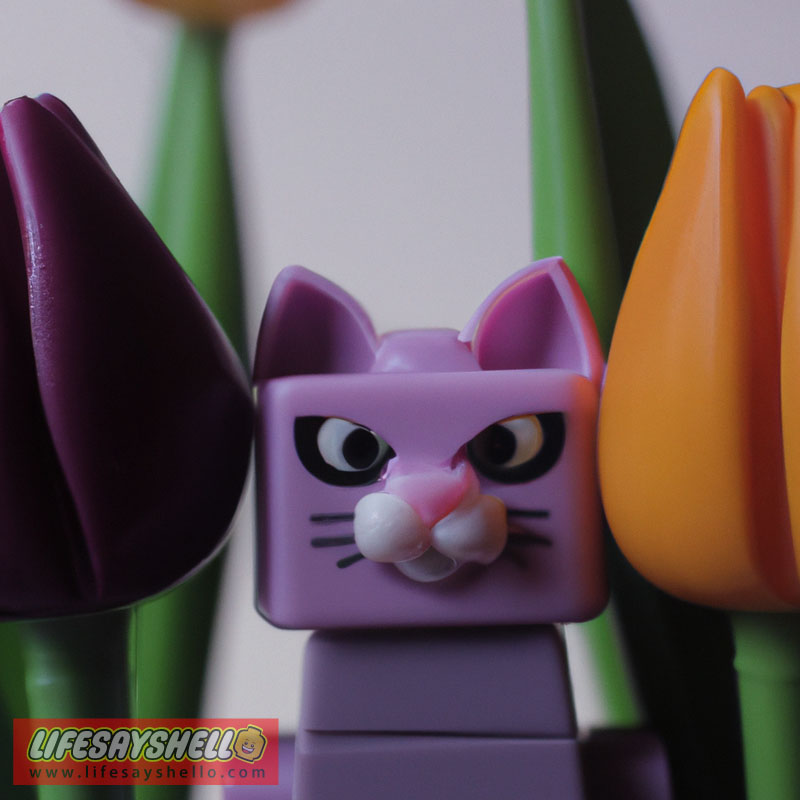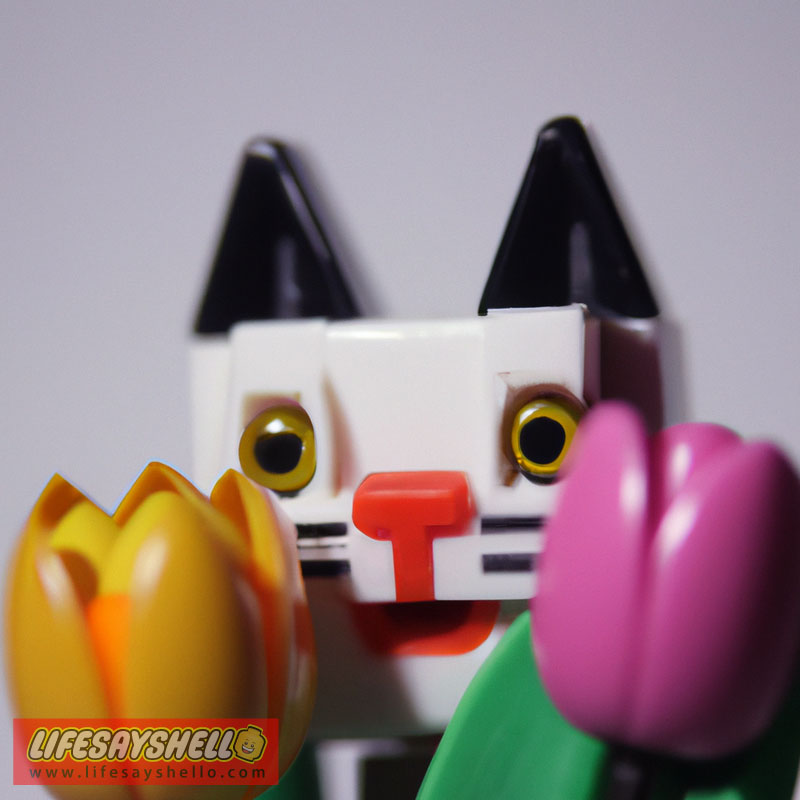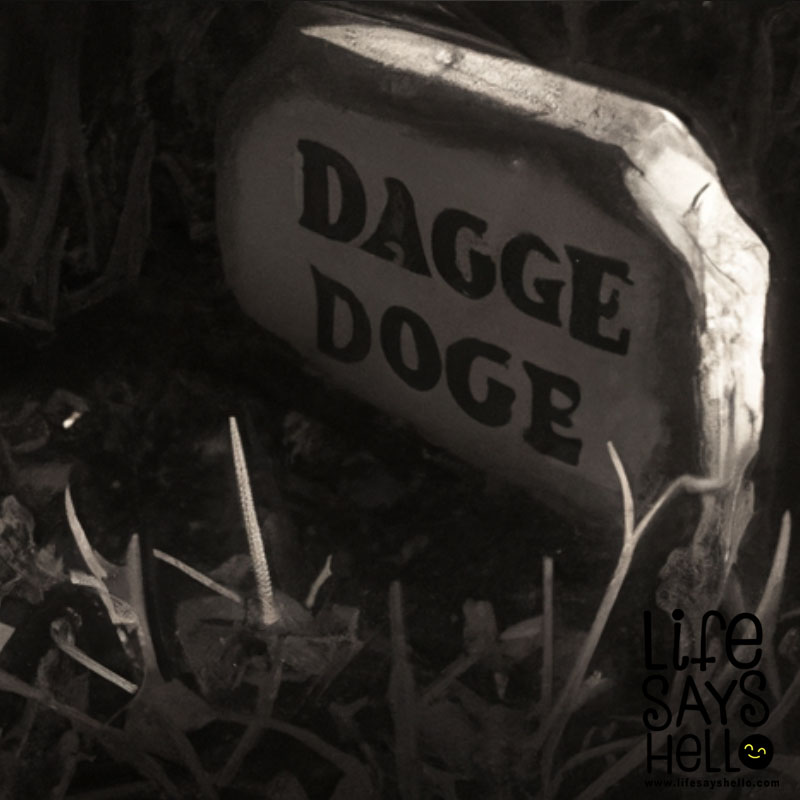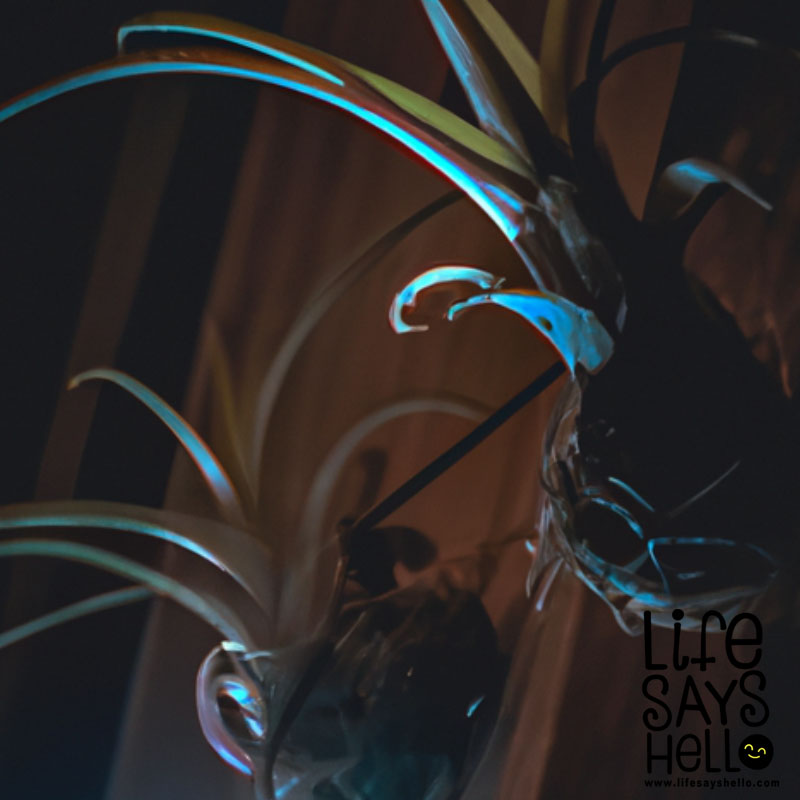Are Tulips Toxic to Cats? A Comprehensive Guide for Pet Owners

As a loving cat owner, it's essential to know which plants are safe for your feline friends, and tulips are a common household flower that you might be curious about.
As a cat owner, you're probably well aware that cats are curious creatures. They love to explore their environment, and this often includes sniffing, nibbling, and sometimes even ingesting various plants.
While many plants are harmless to our feline friends, some can pose a serious threat to their health. One such plant that you might have in your home or garden is the tulip.
In this comprehensive guide, we'll dive deep into the topic of tulip toxicity in cats and provide you with all the information you need to keep your beloved pet safe and healthy.
Are Tulips Toxic to Cats?
The Truth About Tulip Toxicity: Are They Dangerous for Cats?
It's a question many cat owners ask: are tulips toxic to cats? The answer, unfortunately, is yes – tulips can be harmful to cats if ingested.
Tulips, with their vibrant colors and elegant petals, are a popular choice for gardens, bouquets, and home decor. However, these beautiful flowers can pose a danger to our feline companions. Tulips contain a toxic compound known as Tulipalin, which can cause harm to cats if ingested. While it's rare for a cat to consume enough tulip material to cause severe poisoning, it's still important to be aware of the risks and take the necessary precautions to keep your cat safe.
If your cat ingests any part of a tulip – be it the bulb, leaves, or petals – they may experience symptoms of tulip poisoning. These symptoms can include:
- Excessive drooling
- Vomiting
- Diarrhea
- Loss of appetite
- Lethargy
- Increased heart rate
- Difficulty breathing
If you suspect your cat has ingested a tulip, it's important to contact your veterinarian as soon as possible for advice on the appropriate course of action.

Understanding Tulip Toxicity
The Science Behind Tulip Toxicity: What Makes Them Harmful to Cats?
To better understand why tulips are toxic to cats, it's important to know about the toxic compound found in these flowers – Tulipalin.
Tulipalin, also known as Tuliposide A and B, is a glycoside compound found in all parts of the tulip plant, with the highest concentrations in the bulb. When ingested by cats, Tulipalin is broken down in the gastrointestinal tract, releasing toxic compounds that can cause irritation and damage to the cat's organs.
The severity of tulip poisoning in cats depends on the amount of Tulipalin ingested and the size of the cat. Smaller cats are more susceptible to the toxic effects of Tulipalin, as their smaller size means they require a lower dose to experience symptoms. Ingesting a small amount of tulip material may cause mild gastrointestinal upset, while consuming larger amounts can lead to more severe symptoms and complications.
Common Tulip Exposure Scenarios
Title: How Do Cats Come Into Contact with Tulips? Common Exposure Scenarios
Opening sentence: Cats can come into contact with tulips in various ways, from ingesting the plant material directly to encountering pollen or water from a vase containing tulips.
Cats are curious by nature and may be drawn to the bright colors and interesting textures of tulip flowers. There are several ways a cat might be exposed to the toxic compounds in tulips, including:
Ingesting tulip bulbs, leaves, or flowers: Cats may dig up and chew on tulip bulbs in the garden or nibble on the leaves and petals of the plant. While it's uncommon for a cat to eat enough tulip material to cause severe poisoning, it's still important to be aware of the risks.
Coming into contact with tulip pollen or water from a vase containing tulips: Cats may brush up against tulip flowers, getting pollen on their fur, or drink water from a vase containing tulips. While the risk of poisoning from these scenarios is lower than ingesting the plant material directly, it's still possible for your cat to experience mild symptoms.
Prevention and Safety Measures
Keeping Your Cat Safe: Tips for Preventing Tulip Toxicity
Preventing your cat's exposure to tulips is the best way to ensure their safety, and there are several steps you can take to minimize the risk of tulip poisoning.
To keep your cat safe from tulip toxicity, consider the following tips:
Keep tulips out of reach: If you have tulips in your home, make sure they are placed in an area that is inaccessible to your cat. This might mean placing them on a high shelf or in a room that your cat cannot enter.
Choose cat-friendly plants: If you're a cat owner and a gardening enthusiast, consider planting cat-friendly flowers and plants in your garden. Some great non-toxic alternatives to tulips include sunflowers, zinnias, and snapdragons.
Educate yourself on toxic plants: Familiarize yourself with other common plants that are toxic to cats, so you can take the necessary precautions to keep your feline friend safe.
What to Do If Your Cat Ingests a Tulip
Tulip Poisoning in Cats: What to Do If Your Cat Eats a Tulip
If you suspect your cat has ingested a tulip, it's important to act quickly and follow the appropriate steps to ensure their safety and recovery.
If your cat has ingested a tulip, take the following steps:
Remove any remaining plant material from your cat's mouth: This can help prevent further ingestion of the toxic compounds.
Contact your veterinarian: Inform your vet of the situation and provide as much information as possible, including the amount of tulip material ingested and the symptoms your cat is experiencing. Your vet will advise you on the appropriate course of action.
Monitor your cat closely: Keep a close eye on your cat and be prepared to take them to the vet if their symptoms worsen or if your vet advises you to do so.
Treatment for tulip poisoning in cats may include supportive care, such as fluid therapy to help flush the toxins from your cat's system, and medications to manage symptoms. In severe cases, hospitalization may be necessary.
Other Toxic Plants to Be Aware Of
Beyond Tulips: Other Common Toxic Plants for Cats
Tulips aren't the only toxic plants that cat owners should be aware of – there are many other common plants that can pose a danger to our feline friends.
Some other toxic plants to be aware of include:
- Lilies
- Azaleas
- Oleander
- Sago Palm
- Amaryllis
- Chrysanthemums
- Daffodils
- Philodendron
To create a cat-friendly home or garden environment, consider researching and choosing non-toxic plants that are safe for your feline companion.
Conclusion
Are Tulips Toxic to Cats? A Final Word
In conclusion, tulips are indeed toxic to cats, and it's essential for cat owners to be aware of the risks and take the necessary precautions to keep their pets safe.
By understanding the dangers of tulip toxicity and taking steps to prevent your cat's exposure to these beautiful but harmful flowers, you can ensure a safe and happy environment for your beloved feline friend. Remember to share this information with fellow cat owners, so they too can protect their pets from the dangers of toxic plants.




Comments